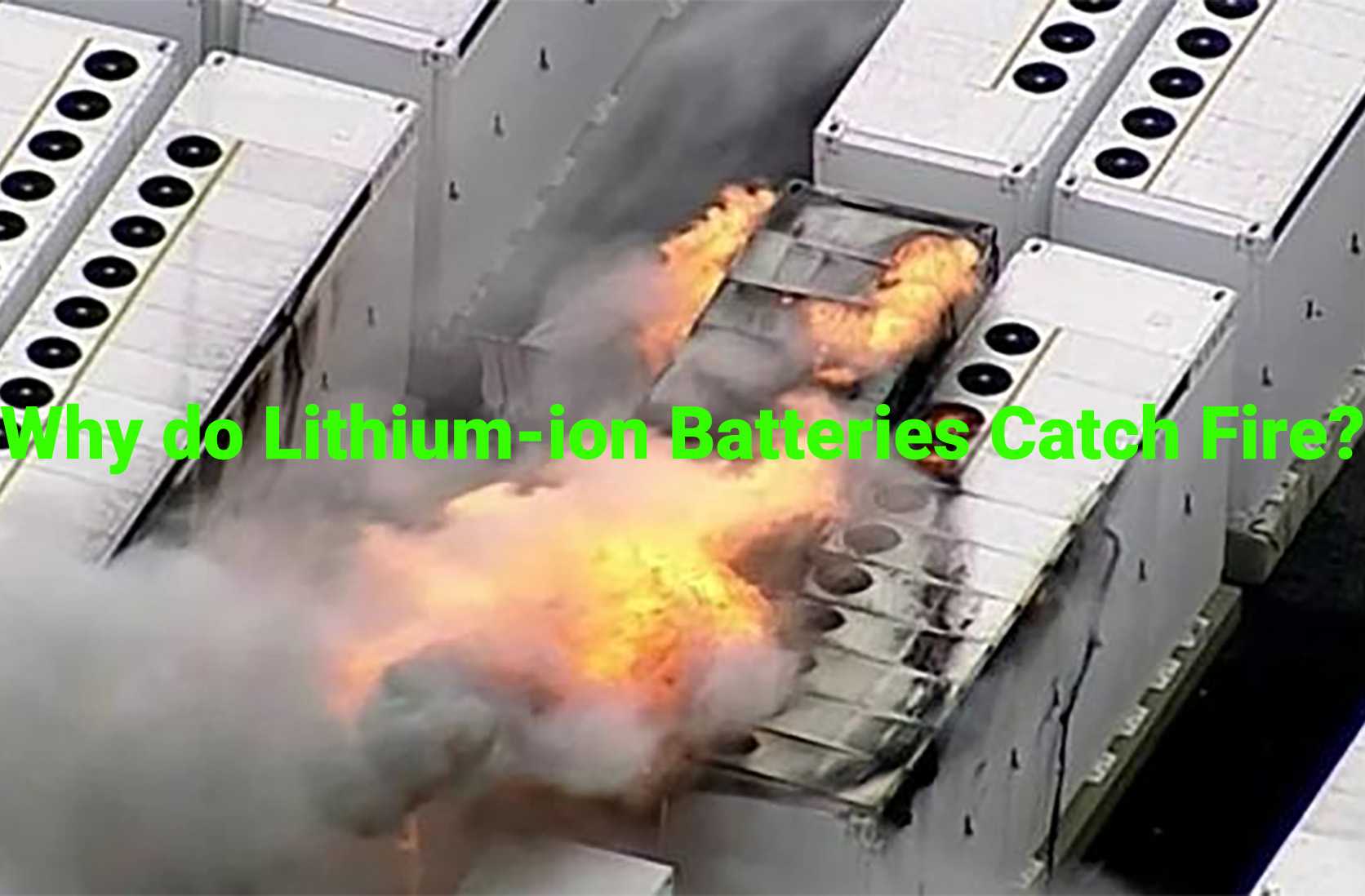Traveling with Power Banks: Guidelines and Wattage Limits
As we traverse the world with our electronic gadgets, one common companion on our journeys is the trusty power bank. These portable chargers provide a lifeline for our devices, from smartphones to laptops, ensuring that we stay connected while on the move. However, when it comes to air travel, navigating the rules and regulations concerning power banks can be a bit perplexing. In this article, we aim to simplify the technical jargon and provide you with clear information on traveling with power banks, specifically during air travel.
Understanding Power Bank Wattage
One of the primary sources of confusion when it comes to traveling with power banks is the technical specifications. Power banks are often labeled with wattage and amperage values, which can be bewildering for travelers. Many power banks are specified in mAh (milliamps), indicating their storage capacity. Smaller power banks, typically under 10,000 mAh, are suitable for carry-on use and can be brought aboard an aircraft without issues. These compact power banks are ideal for keeping your smartphone charged during your journey.
However, in recent years, larger power banks with capacities of 10,000 mAh, 20,000 mAh, and even 30,000 mAh have become common. These higher-capacity power banks are capable of charging more demanding devices like laptops and can recharge your smartphone multiple times on a single charge. For business travelers or anyone needing to use a laptop during a flight, these larger power banks can be a game-changer.
But what are the limits when it comes to carrying power banks on an airplane? Let’s delve into some universal guidelines.
Airline Rules and Regulations
First and foremost, it’s essential to understand that all airlines strictly prohibit packing power banks in checked baggage. Power banks stored in checked bags can pose safety risks, as they may overheat or malfunction during the flight, potentially leading to fires. Therefore, it’s vital never to pack power banks in your checked luggage. If security personnel spot power banks during luggage scans, your bags may be removed from the flight, causing delays and inconveniences at best.
So, the question remains, what types of power banks can you bring onboard? The regulations surrounding power banks are often expressed in terms of watts, rather than the milliamp-hour (mAh) capacity that’s typically mentioned in power bank specifications.
Here are the official guidelines set by the Federal Aviation Administration (FAA) and the Transportation Security Administration (TSA) in the United States:
- The maximum allowed capacity is 100 watt-hours (Wh), equivalent to 27,000 milliamp-hours (mAh).
- For capacities between 101Wh and 160Wh, you may need special airline approval.
- Anything exceeding 160Wh is strictly forbidden on the plane.
What if you require a higher-capacity power bank due to business, medical, or recreational needs? In such cases, it’s advisable to contact your airline well in advance of your flight and seek permission for carrying larger power banks. Some airlines may require you to check these power banks into special luggage areas.
To put it simply, a power bank with a capacity of 20,000mAh is generally within the limits, but one with a capacity of 30,000mAh exceeds the standard limit. For power banks beyond 160Wh, you must obtain special permission from your airline.
Global Variances and Precautions
It’s important to note that international rules regarding power banks may differ from those in the United States. Therefore, before traveling or booking your flight, it’s prudent to check the specific regulations of your airline and the airports along your route.
When carrying power banks in your carry-on luggage, it’s essential to take precautions to prevent accidental activation. Ensure that the power bank cannot be turned on accidentally, especially if your bag contains conductive materials. To safeguard against short circuits, it’s a good practice to pack power banks in their original packaging. If the original packaging is unavailable, cover the terminals with tape and place the power bank in a protective case, plastic bag, or pouch.
Other Battery Types and Devices
In addition to power banks, many portable devices come with internal batteries, such as shavers, flashlights, and toys. These devices are generally allowed in checked luggage but must be safeguarded against damage or short circuits. Make sure these devices are powered off and won’t accidentally turn on during the flight.
One notable exception to this rule is electronic cigarettes and vaporizers, which are not permitted in checked baggage and should be carried in your carry-on luggage.
At Redway Battery, all our power banks are clearly labeled with their milliamp-hour (mAh) storage capacity, making it easy for you to stay within the specified limits. We offer a range of options to suit your needs. Explore our selection to find the ideal power bank for your travels.




















